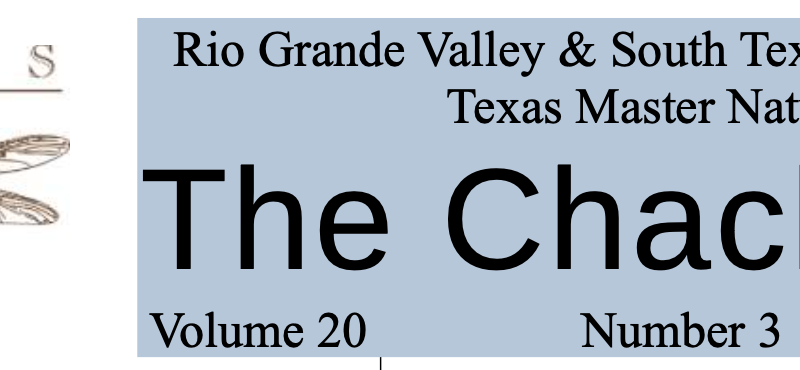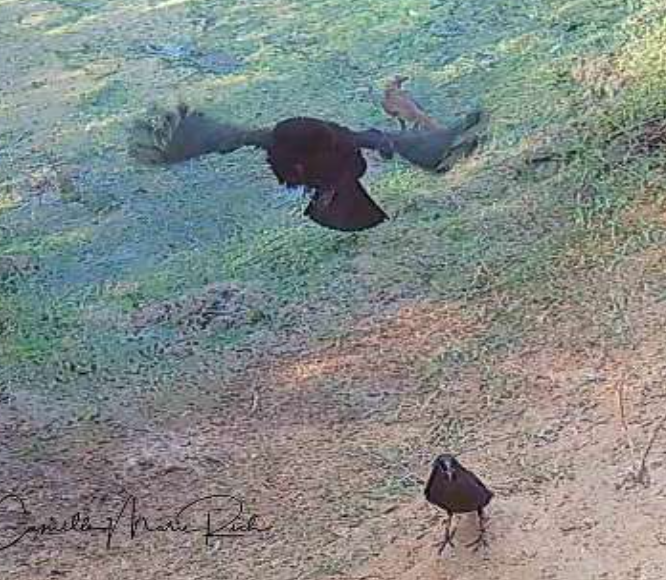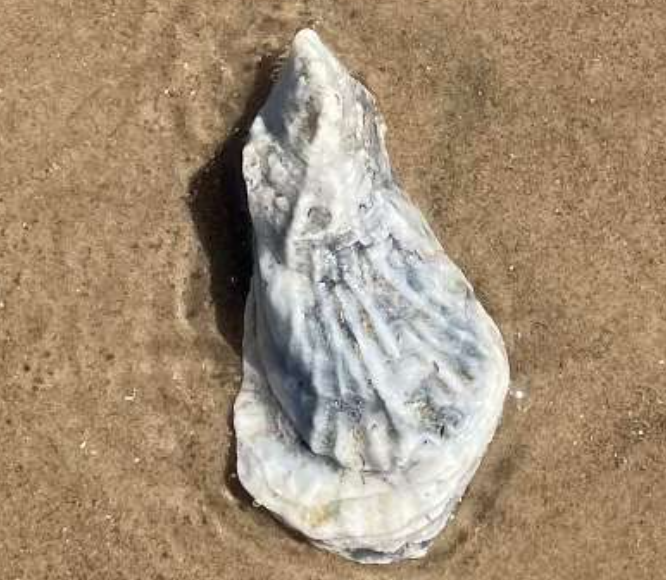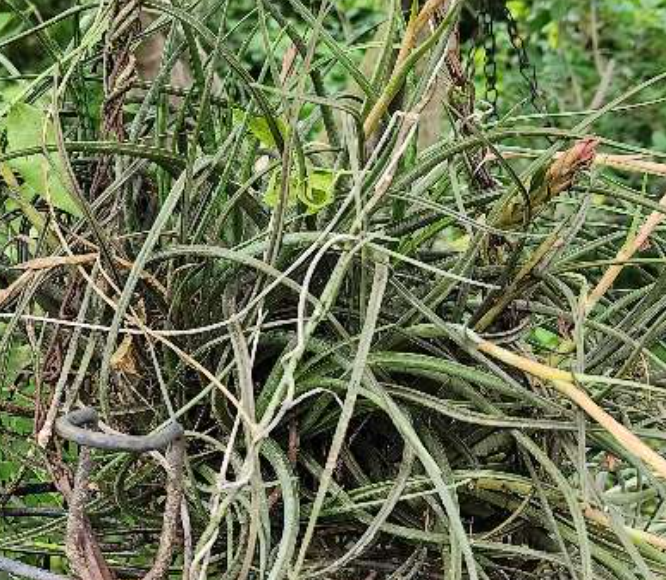I have some Bailey’s ball moss (Tillandsia baileyi) in my backyard that I enjoy tremendously. Some were given to me by friends while others I picked up at either festivals or events and meetings that were part of both the Texas Master Naturalist program and the Native Plant Project. I have had them for several years now and am always amazed when they are in bloom. Their delicate, tiny flowers in hues of blue and violet, are always a nice surprise and joy to behold.
Category: Sept2023

I’ve hesitated to speak aloud the word drought, in case it would make it real, but without an abundance of water, things “they are a-changin,’” as Bob Dylan wrote in a 1963 folk song.
The abnormally hot June and July temperatures, lack of rain and persistent wind have caused many water sources to dry up. In place of the water is a veritable sea of new vegetation. Two species particularly noticeable where the edge of our resaca once was, are described below.

Thanks to this edition contributors.

For many years, I have sought out opportunities to experience, firsthand, the dance of the male Bronzed Cowbird. His dance involves vocalizations and a series of postures, ruffling of feathers, and an impressive hovering and helicoptering flight pattern above a female Bronzed Cowbird. The sole purpose of all this is to catch the eye (and favor) of a potential mate. He delivers quite an aerial spectacle to impress her with an unbelievable flight performance comprised of rapid-fire, fast moving wing beats that lift him up off the ground, a mere foot or so, directly above her.

Have you ever heard the phrase, “The world is my oyster?” Well in a way, that applied to me in my childhood, as I grew up in a small town in
Virginia that was heavily involved in the harvesting
and processing of oysters. The shells of the processed
oysters were often so plentiful that they were used to form roadbeds on private roads. This, of course, was back in the 1940s and 50s, when the Chesapeake Bay and its tributaries were blessed with an abundance of the tasty bivalves.

September 2023 Chachalaca newsletter.
